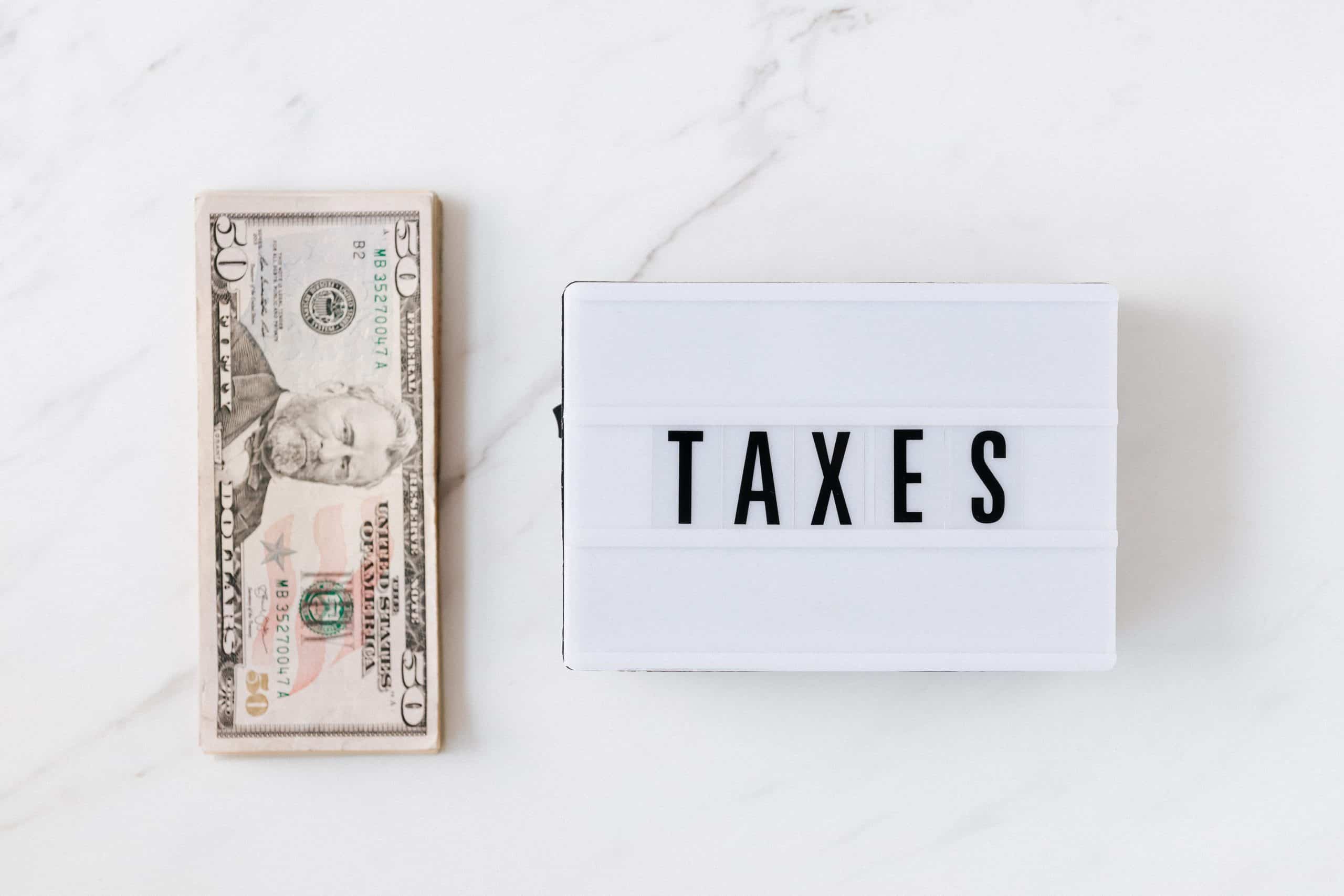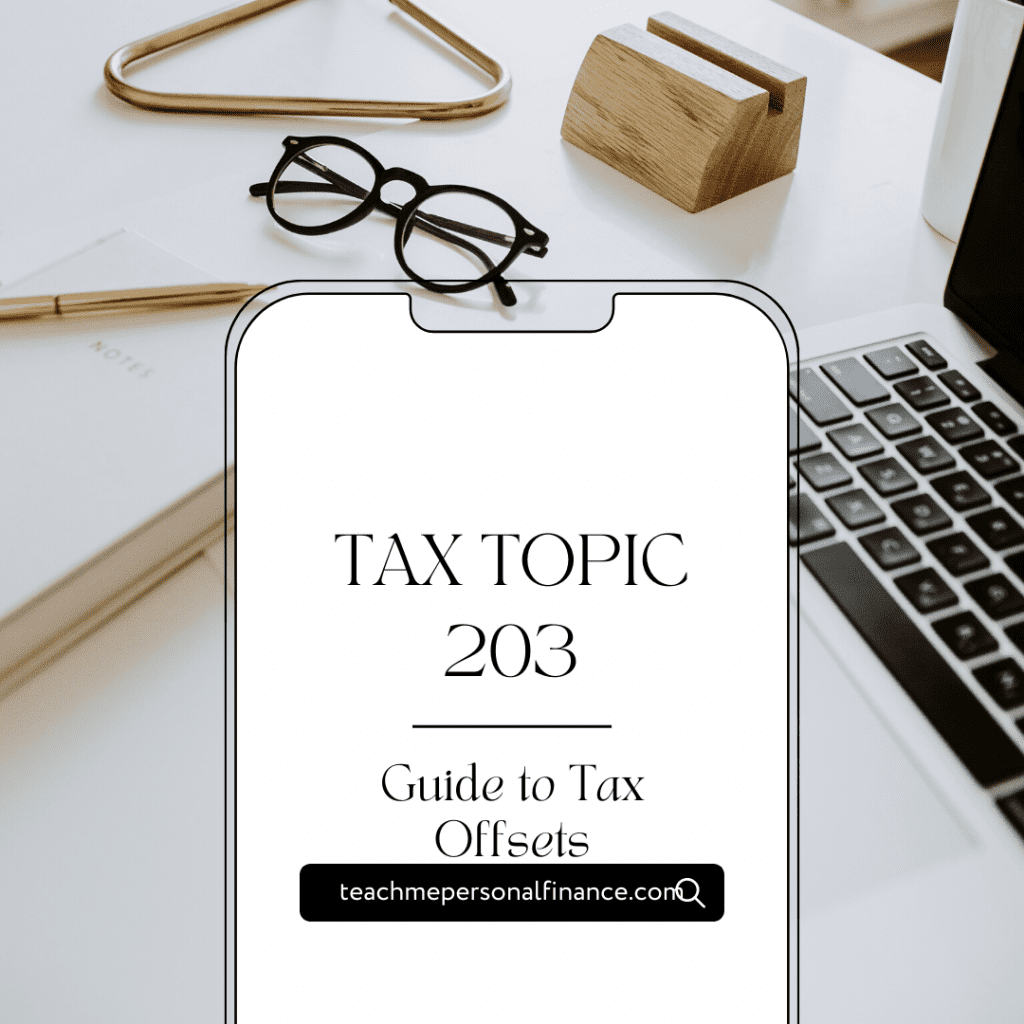What is Tax Topic 201? About the Collections Process
If you file an income tax return showing that you owe money to the federal government, then the IRS expects full payment of your taxes by the original due date of the tax return. For taxpayers who cannot make the necessary tax payments when filing their return, the IRS will begin the collections process, as outlined in IRS Tax Topic 201.
This in-depth article will break down everything you need to know about the collections process outlined in Tax Topic 201, including:
- What is the IRS collections process?
- What are a taxpayer’s options in addressing their unpaid taxes?
- Taxpayer resources for additional information
Table of contents
Let’s begin with how the Internal Revenue Service collects against outstanding tax debt.
The IRS collections process
IRS Tax Topic 201 specifically covers the IRS collections process. Tax Topic 201 exists as a summary to Publication 594-The IRS Collections Process.
Both documents reference the following steps in the collection process.

Filing the income tax return
As individual taxpayers file their income tax return during tax season, they are reporting their income tax due or federal tax refunds owed by the federal government. In cases where they owe a tax bill, it is in their best interest to pay the full balance on or before the original due date for the current year.
Usually, the due date in a given tax year is April 15. However, there are cases in which April 15 falls on a weekend or holiday. In those situations, the IRS will shift the due date to the next business day afterwards.
If there is a balance due after the original tax filing deadline, then interest and penalties start to accrue on the unpaid balance.
Interest
Section 6621 of the Internal Revenue Code establishes the process by which the IRS determines interest rates on outstanding balances. Generally speaking, for individual taxpayers:
- Interest is calculated at the federal short term rate plus an additional 3 percentage points
- Interest compounds daily
- The Treasury Secretary updates interest rates on a quarterly basis

Penalties
There are many penalties that the IRS imposes. The two most common tax penalties are failure to file and failure to pay.
- Failure to file: The failure to file penalty is assessed for each month (or partial month) that the taxpayer chooses not to file a federal income tax return. This penalty is 5 percent of the outstanding balance, and accrues each month (up to a total of 25% of the outstanding tax debt).
- Failure to pay: The failure to pay penalty is a monthly late payment penalty. The IRS assesses the failure to pay penalty for each month (or partial month) that the taxpayer chooses not to pay on outstanding tax debt. This penalty is 0.5 percent of the outstanding balance, and accrues each month (up to a total of 25%).
For tax returns that are over 60 days late, there is a minimum failure to file penalty, currently $435, or 100% of the tax required to be shown on the income tax return, whichever is less.
For months in which a failure to file and failure to pay penalty apply, the failure to pay penalty will partially offset the failure to file penalty, for a total of 5% for that month. After 5 months, the failure to file penalty will stop, and the failure to pay penalty will continue to accrue until it reaches 25% of the outstanding tax bill.
If you do not pay your income taxes when you file your income tax return, the IRS will send you a first notice.
First bill
After the IRS accepts your tax return, they will send you the first bill or balance due notice. By now, the IRS has already started calculating the amount of accrued penalties and interest. Technically, this starts the IRS collections process.
You can follow the instructions on the first notice, which contain the following options:
- Pay the balance in full
- Apply for one of the available taxpayer options in the even you are not able to pay your full balance
- Contact the IRS for options if you disagree with the calculated amount
Your bill may not contain a reference to appeal rights. This is probably because the first bill is based upon your filed tax return, so the IRS is using your tax return information to generate the bill. However, there may have been an adjustment made if the bill is not the same as your stated income tax liability.
If you do nothing, the IRS will send you a second bill.
Second bill
If you do nothing, or if you pay less than the amount of the tax due, the IRS will send a second notice. Either it will contain the same bill (updated to reflect accrued penalties and interest), or an adjusted bill based on any amount you may have paid down.
It’s important to note that at no point has the IRS started seizing your assets. Nor has it started placing liens on your bank account or property. Not yet.
Notice of federal tax lien
If you do not respond to either bill, or if you still owe the IRS money, the IRS will send you a notice of federal tax lien. This notice serves two purposes:
- Places a legal claim against all of your property. This could be current property, like real estate, or future property, such as Social Security benefits.
- Serves as public notice to creditors. This federal tax lien notifies other creditors that the United States government has placed a tax lien on your property.
A federal tax lien doesn’t necessarily mean that the IRS can start taking your property. But a lien means that the IRS has legal rights to the proceeds of the sale of any property.
For example, let’s imagine that the IRS has placed a federal tax lien on your house. This lien doesn’t mean that you’re going homeless.
Instead, the lien indicates that if you sell the house, the IRS lien will be paid first. After the tax balance is paid off, then you would receive the remaining proceeds.
If you do not agree with the tax lien, you may request an appeal through the Collections Appeals Program. According to the tax code, you have the right to a hearing under the collection due process (CDP). The Taxpayer Bill of Rights lists the right to appeal, among others.
While an appeal or request for hearing is still outstanding, the collections process is suspended.
But if you do nothing, and you still owe money to the IRS, the IRS will eventually will take action to seize property. This is known as a federal tax levy.
Federal tax levy
A tax levy is the final step in the IRS collections process. This is when the IRS will start to seize property or financial assets to pay down your tax debt. This might include:
- Real property, such as your house
- Personal property, like your car or a boat
- Financial assets, like investment accounts or retirement accounts
- Tax refund offsets against future tax returns. This means the IRS will garnish future tax refunds until your tax debt is paid.
According to the IRS website, the IRS will usually only start to seize property after the following:
- The IRS assessed the tax and sent you a bill
- The taxpayer neglected or refused to pay the tax and
- The IRS sent the taxpayer a Final Notice of Intent to Levy and Notice of Your Right to a Hearing (known as a CP504 notice)at least 30 days before the seizure.
If you disagree with the levy, you may request a hearing. As with a federal tax lien, the IRS will suspend collection actions while an appeal or hearing request is outstanding.
Taxpayer options to reduce outstanding taxes
Most taxpayers have quite a few options available.
The simplest option is to pay the outstanding balance due. However, many taxpayers may not be in a financial position to pay the tax bill, even if they agree with it.
Below are some of the options the IRS outlines.
Submit an installment agreement request
A taxpayer may request to pay down their tax debt in monthly installments by filing IRS Form 9465-Installment Agreement Request. An outstanding installment agreement request will suspend the IRS collections process for time the IRS is reviewing the request. Furthermore, the IRS will suspend collections for another 30 days if the request is rejected.
An installment agreement has two options:
- Short term payment plan
- Long term payment plan (installment agreement)
Short term payment plan
A short term payment plan is one that the taxpayer can pay in full within 180 calendar days. Individual taxpayers may apply for a short term payment plan online, with zero applicable fees. The IRS will continue to apply penalties and interest to outstanding balances as long as there is outstanding tax debt.
You may pay using one of the following options:
- Direct debit from your bank account
- Check
- Money order
- Debit card or debit card
However, the outstanding tax debt must be $100,000 or less at the time of application.
Long term payment plan
A long term payment plan is a plan that lasts 180 or more days. A taxpayer must have an outstanding balance of $50,000 or less in order for the IRS to consider their long term payment plan.
For balances over $25,000, the payment plan must include automatic debit (known as Direct Debit) from a taxpayer’s banking account.
However, there is a user fee, known as a set up fee, that applies. The amount of the setup fee depends on:
- Whether the taxpayer selects Direct Debit or not
- Whether the taxpayer qualifies as low-income. This might help waive some or all of the setup fee
However, some taxpayers may not be able to pay their full tax debt, even if they agree with it.
Apply for an offer in compromise
Let’s imagine that you agree with the outstanding tax bill, but you cannot pay it in full. You might consider filing a request for an Offer in Compromise, or OIC.
An offer in compromise is the IRS accepting less than a taxpayer’s complete tax debt because of financial hardship. The IRS will consider the following factors when making an OIC determination:
- Ability to pay
- Income
- Expenses
- Asset equity
Eligibility
Taxpayers must complete the following in order to be eligible for OIC approval. This doesn’t guarantee approval, but are requirements before the IRS will consider the request.
A taxpayer must:
- Have filed all required tax returns and made all required estimated payments
- Not be in an open bankruptcy proceeding
- Have a valid extension for a current year return (if applying for the current year)
Application process
The IRS requires all taxpayers to submit the following:
- Form 433-A (OIC) (individuals) or 433-B (OIC) (businesses) and all required documentation as specified on the forms
- Form 656(s) – you must submit individual and business tax debt (Corporation/ LLC/ Partnership) on separate Forms 656
- $205 application fee (non-refundable)
- Initial payment (non-refundable) for each Form 656.
You may find more detailed information in the IRS Offer In Compromise workbook.
If this isn’t a viable option for you, you may request the IRS consider a delay.
Request that the IRS delay collection actions due to financial hardship
A taxpayer may request the IRS to delay collection against a tax liability by marking the account as currently not collectible. This doesn’t make your tax debt go away. It simply indicates that the IRS has recognized a financial hardship that currently prevents you from paying down on it.
The IRS requires taxpayers to complete a Collection Information Statement. This document will help the IRS revenue agent make a determination on whether to mark your account as currently not collectible.
It’s important to note that while an account is marked Not collectible, penalties and interest may continue to accrue. Furthermore, the IRS will expect you to eventually pay your entire tax liability.
Talk to the Taxpayer Advocate Service
If you talk with an IRS revenue agent, they will tell you just about anything you want to hear. As long as you end up paying something, the revenue agent doesn’t care.
The IRS website even has the following verbiage posted:
You should consider financing the full payment of your tax liability through loans, such as a home equity loan from a financial institution or a credit card. The interest rate and any applicable fees charged by a bank or credit card company may be lower than the combination of interest and penalties set by the Internal Revenue Code.
IRS website
It’s highly unlikely that the interest rate on a credit card will be lower than the interest rates mandated by the Internal Revenue Code. In fact, they’re both floating interest rates that fluctuate with prevailing short-term rates. At the time of this article, IRS interest rates were around 6% while the average credit card rate was over 20%!
But when you talk with a taxpayer advocate, they will help you understand your tax bill and your rights as a taxpayer. Most importantly, the taxpayer advocate’s role is to ensure:
- That the IRS properly calculated your tax liability, interest, and penalties
- That the IRS isn’t engaging in unlawful collection practices.
You can reach the Taxpayer Advocate Service through the IRS website.
Talk with your tax professional
If your tax professional completed your tax return, you may want to ask for options. If your tax expert can’t help you, perhaps they can refer you to a qualified tax attorney in your area.
A tax attorney may be able to help you navigate the IRS collections process.
Video walkthrough
Taxpayer resources
The IRS website contains the most updated resources for taxpayers looking to pay down their tax bill. Here are a few of them:
- Tax Topic 201: The Collections Process
- IRS Publication 594: The Collection Process
- Taxpayer Bill of Rights
- Considering an Appeal



